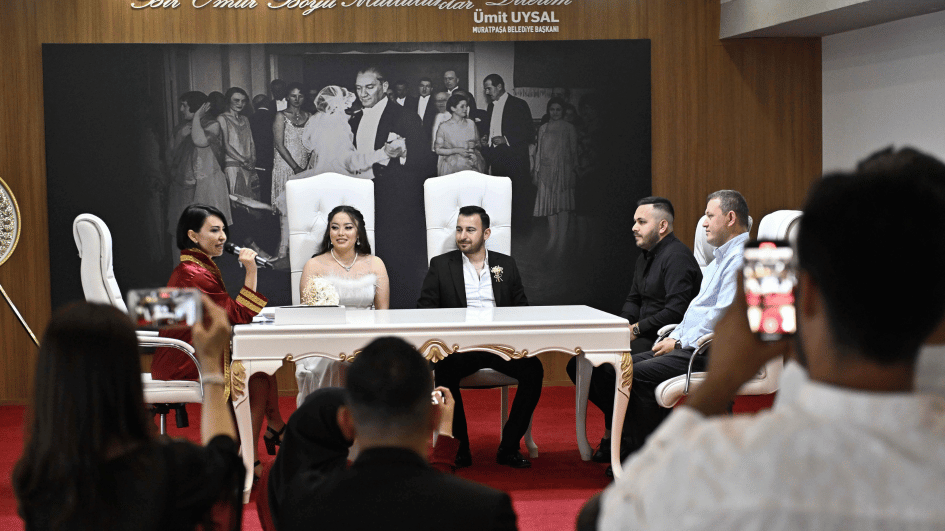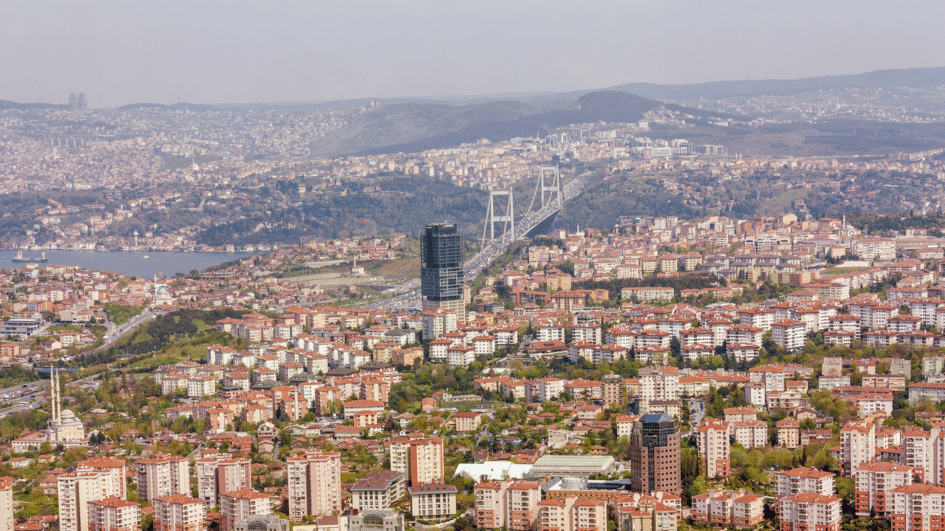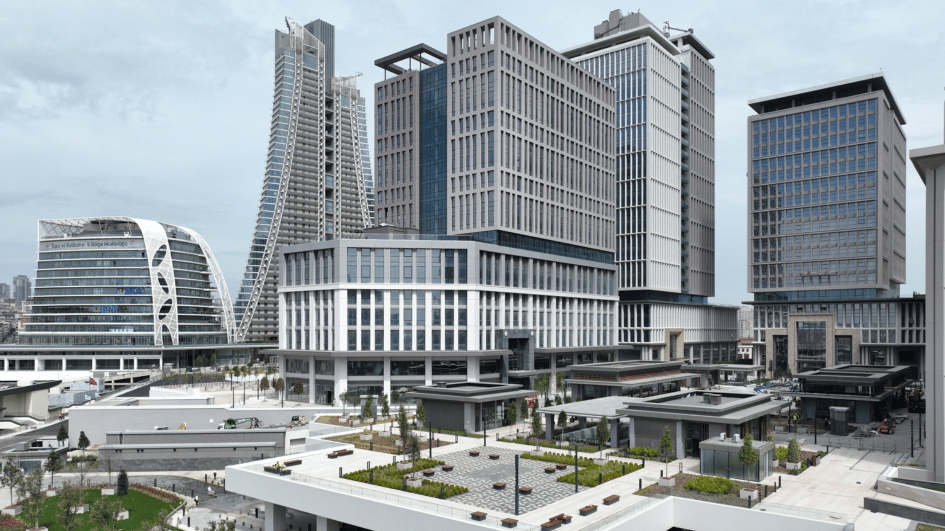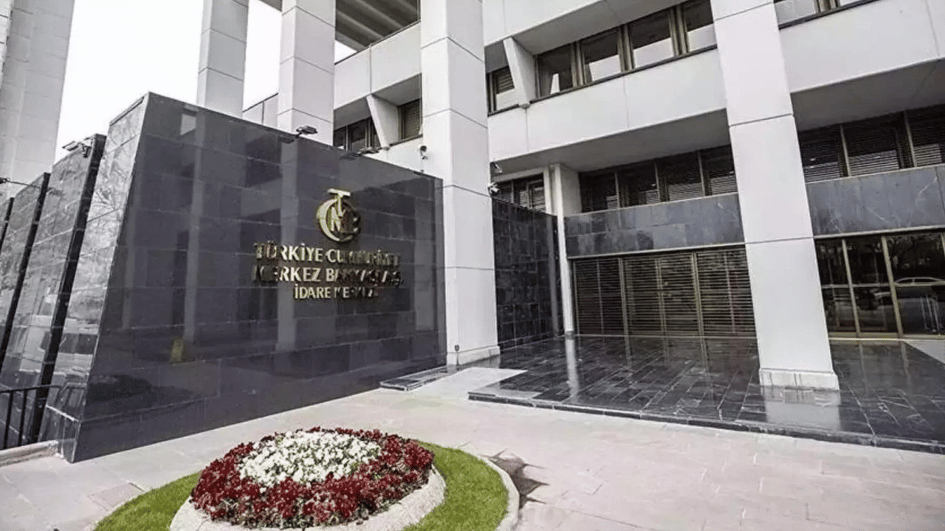The economic transformation of Turkey since 1980
William Armstrong - william.armstrong@hdn.com.tr
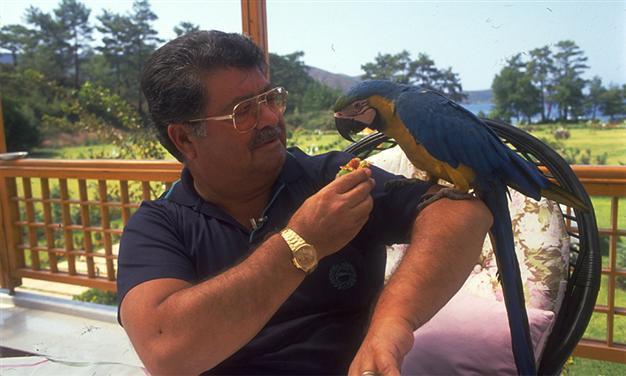
As prime minister from 1983, Turgut Özal oversaw many of the reforms that opened up Turkey’s economy to free-market forces. Hürriyet Photo
‘The Economic Transformation of Turkey: Neoliberalism and State Intervention’ by Nilgün Önder (IB Tauris, $110, 288 pages)In 1957 the economic historian Karl Polanyi observed that the “road to the free market was opened and kept open by an enormous increase in continuous, centrally organized and controlled interventionism.” Turkey since the 1980s demonstrates the paradox that the opening of markets often goes hand in hand with a strengthening of the state’s iron grip. The reforms that opened up the Turkish economy to international forces after the 1980 coup were pushed by an oppressive, nationalistic military junta and later eagerly followed by civilian governments. Thirty years later, the situation in Turkey today shows that an open economy and a liberal state are far from inevitable counterpoints.
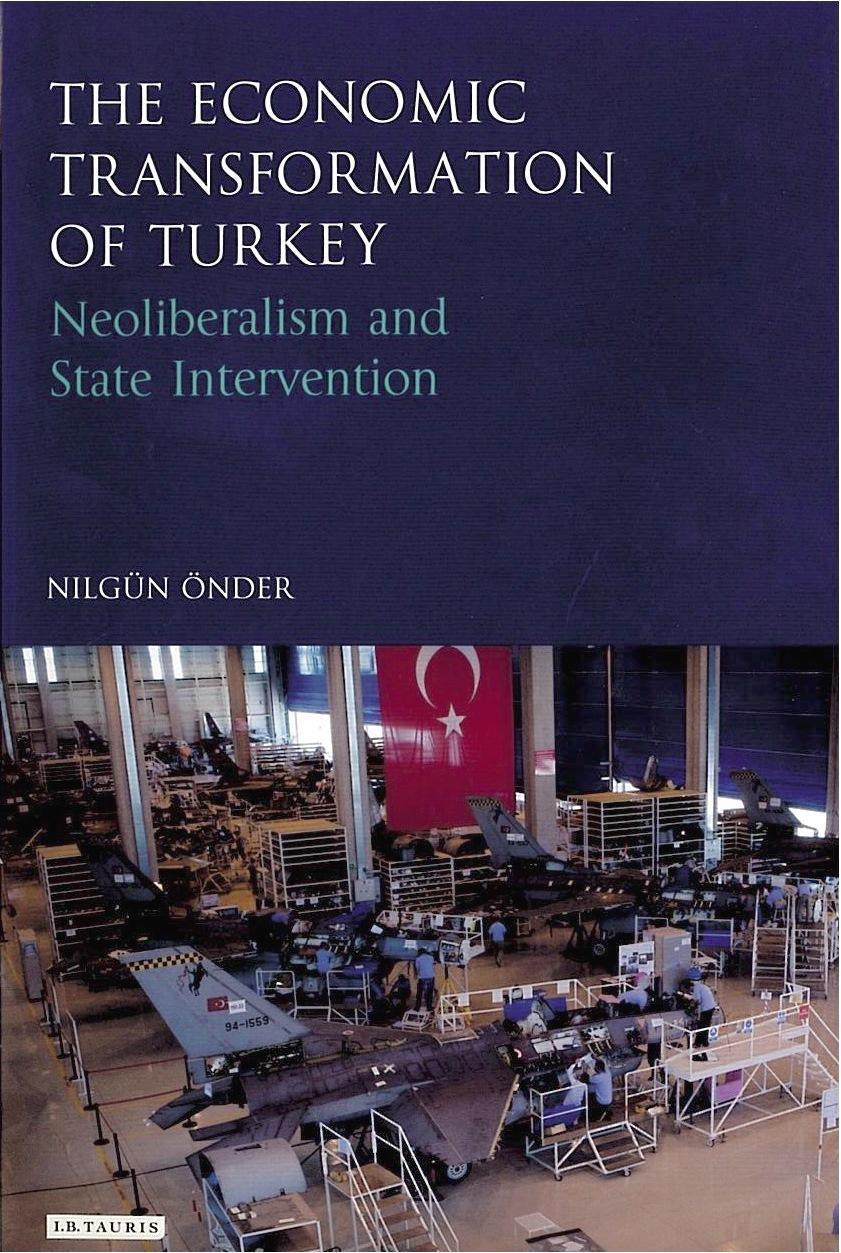 That insight is at the core of this study by Nilgün Önder, an associate professor at the University of Regina. “The Economic Transformation of Turkey” describes the transformation of Turkey’s economy from 1980 through the 1990s and beyond. It is a fairly orthodox leftist, head-shaking critique of the more baleful effects of the reforms, but the points it makes are worth repeating. In the 1980s, “Turkish state intervention in the economy did not actually decline; rather, its direction changed,” Önder writes. Through a systematic centralization of policy powers, there was a “reinforcement and expansion of [the state’s] coercive powers over society.” Rather than retreating in classic liberal fashion, the state’s role simply shifted in favor of “accumulation functions at the expense of its social welfare role.” The state was transformed from a protector of Turkish society and economy from global market forces to a facilitator of their integration into the world economy.
That insight is at the core of this study by Nilgün Önder, an associate professor at the University of Regina. “The Economic Transformation of Turkey” describes the transformation of Turkey’s economy from 1980 through the 1990s and beyond. It is a fairly orthodox leftist, head-shaking critique of the more baleful effects of the reforms, but the points it makes are worth repeating. In the 1980s, “Turkish state intervention in the economy did not actually decline; rather, its direction changed,” Önder writes. Through a systematic centralization of policy powers, there was a “reinforcement and expansion of [the state’s] coercive powers over society.” Rather than retreating in classic liberal fashion, the state’s role simply shifted in favor of “accumulation functions at the expense of its social welfare role.” The state was transformed from a protector of Turkish society and economy from global market forces to a facilitator of their integration into the world economy.Plans to restructure Turkey’s economy actually preceded the military intervention of 1980. In the so-called “24 January decisions” earlier the same year, Süleyman Demirel’s center-right Justice Party government heralded Turkey’s switch from “mixed capitalism” to a free market economy. A raft of IMF-supported reforms envisaged a new regime based on exports, and an end to the country’s traditional import substitution policy. The Turkish Lira would be devalued by 32.7 percent, support for the agricultural sector was lifted or reduced, foreign investment was promoted and importers were given major tax breaks. In March 1980, Ankara signed an agreement with the World Bank to grant Turkey structural adjustment loans, while a three-year stand-by agreement with the IMF three months later provided the largest ever amount of credit granted by the Fund at the time. Turkey was a kind of economic laboratory – described by Önder as “the first major test case for the World Bank’s new structural adjustment lending in cooperation with the IMF’s stabilization program.”
However, prevailing political conditions in Turkey were a major barrier to implementation of the reforms. Instability reigned, with left-wing and right-wing militants spilling blood on the streets daily and labor unions still strong enough to resist planned economic adjustment measures - the number of lawful strikes and workers on strike had reached a record high at the end of the 1970s. The state also lacked the institutional capacity to carry out the policies. It would take a military coup later the same year, on Sept. 12, to create the environment necessary to push through the program.
That program aimed at a complete restructuring of relations between state and society, with the citizen clearly subordinated to the state. New regulations and institutions were established to implement the policies; far from retreating, the state reinforced and expanded its coercive powers. “The state was the agency for dismantling institutions and regulations associated with the import-substitution and industrialization-led regime,” Önder writes. “It was also the main agency for creating a new set of institutions that would constitute the regulative mode of export-led development in an open-market economy.” New legislation enabled the state to invoke its authority over organized labor, unions were closed down, and independent social institutions were conquered and subordinated.
One of the ironies of the period is that the most nationalistic apparatus of the Turkish state, the military, supported a program aiming to fully integrate Turkey into the world economy. While pursuing a conservative “Turkish-Islamic synthesis” domestically, it was exposing the Turkish economy to the harsh winds of global market forces. I’m not sure that Önder adequately digs into why it opted to do this, but much of the book is concerned with the post-military era anyway. The first election after the 1980 coup came in 1983, won by the Motherland Party (ANAP) led by Turgut Özal, who had been finance minister when the 24 January decisions were announced. Özal was not the generals’ first choice, but he was happy to pursue their favored economic policies. His ANAP readily accepted the political system created by the military and focused its attention on the economy.
The ANAP was able to win broad public support despite the fact that much of the Turkish population was suffering from plunging real wages, insecure working conditions, and rising inequality as a result of the economic transformation. Önder adapts Italian Marxist theorist Antonio Gramsci to explain this, arguing that the ANAP established a “hegemonic project” to square the circle. By articulating a narrative that proved electorally successful, the party managed to simultaneously represent capital interests and secure the consent of the subordinate classes. It developed a discourse of popular capitalism that sought to appeal to “common sense” by grounding itself in popular experiences. It identified high-level inflation as an enemy of low-income groups and vowed to control it. To fight inflation, the money supply had to be held in check and the budget deficit had to be kept down. Privatization was promoted as another inflation-busting solution. The ANAP also claimed that foreign trade liberalization would serve the interests of ordinary citizens by protecting them from high prices and low-quality products as a result of international competition. Compounding everything was a rhetoric purporting to favor the average citizen in economic matters against a hostile state.
This narrative was initially successful, but the ANAP lost momentum in the late 1980s. In Önder’s account, the contradiction between the party’s populist rhetoric and the falling living standards experienced by voters became too great to sustain, resulting in the ANAP being booted out of power in 1991. A period of political fragmentation followed, with no party able to establish hegemony and a series of weak coalition governments struggling with perennial fiscal crises. It was also a time of rising labor activism for the first time since the coup, as a direct result of difficulty experienced by many workers due to Ankara’s economic reforms.
This cocktail was partly responsible for the rise of Islamist parties in Turkey. Also key was the urbanization that accelerated through the 1980s, leading to settlements mushrooming on the edge of major Turkish cities. Exacerbated by the post-1980 economic reforms, state social services were badly lacking in these areas, which gave Islamist networks a golden opportunity to step in. They provided a range of health, housing and education services at the urban periphery, forming relations at the neighborhood level that would provide the backbone of political Islam’s electoral support from the 1990s. The economic narratives that defined Turkish politics would gradually be replaced by identity narratives; appeals to economic sense would be overtaken by appeals to cultural solidarity. That shift is beyond the purview of this book, but Önder has written a good and readable account of a crucial period that continues to shape Turkey today.


